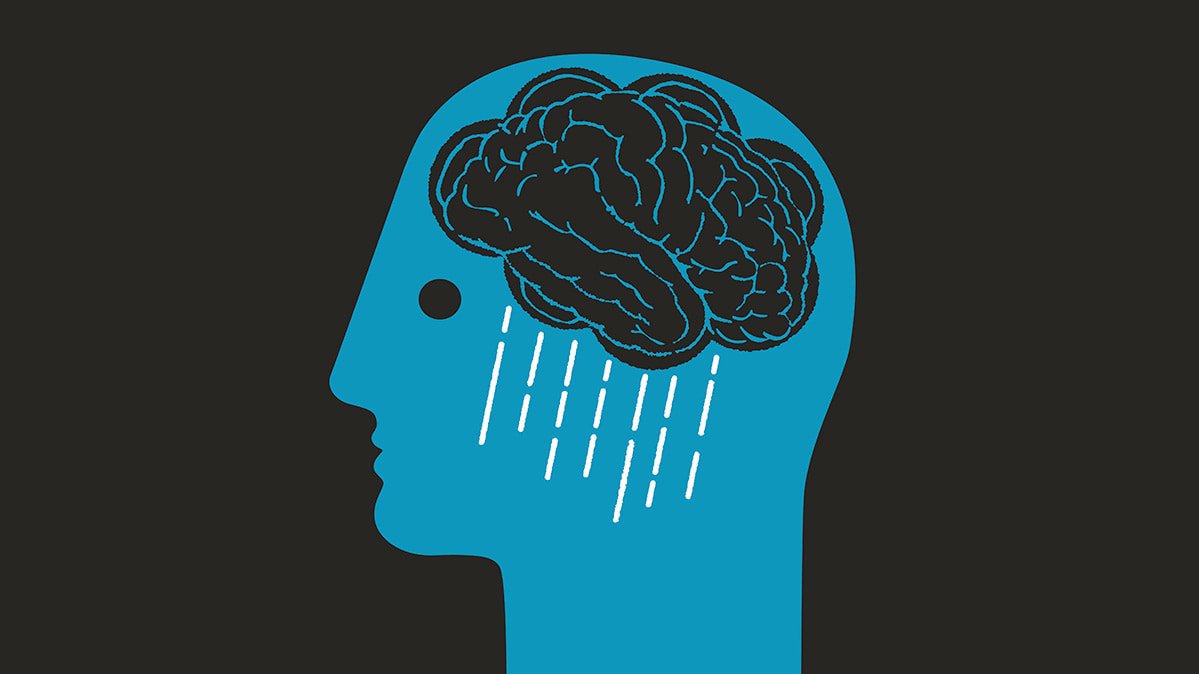Comorbid despair is associated with expanded health center utilization and higher mortality in children, in keeping with a examination published in the Journal of Affective Disorders. This retrospective observes concerned 937,971 children between ages 6 to twenty. US clinic statistics were received using the Kids’ Inpatient Database for 2012. Only patients with one of the 10 maximum clinical classification software discharge diagnoses (aside from affective problems) were studied.
The association among despair and hospitalization price, period of medical institution live, the number of tactics, and mortality have been assessed using linear or logistic regression. Background traits (consisting of gender, race, and profits) were balanced between companies before evaluation using propensity rating matching.
The researchers discovered drastically better common medical institution fees in patients with despair ($10,643 vs. $7,682 US greenbacks; 95% CI, $2401-$3512; P <.001). Children with comorbid depression also had longer hospitalizations (four—63 vs. 3—Seventy-four days; ninety-five % CI, zero. Seventy four-1.05), fewer methods carried out (1.Forty-two vs 1.73; 95% CI, -0.34 to -0.26), and a better probability of loss of life (odds ratio 1.77; P <.013).
A sub-analysis of these outcomes found out that kids with despair underneath 13 years old had nearly twice the average clinic value as patients without melancholy in that age organization ($20,768 vs. $9365 US greenbacks; ninety five% CI, $7279-$15,527; P < .001), with a duration of hospitalization extra than double sufferers who were now not depressed (7.28 vs. 3. Eighty-five days; 95% CI, 2.Fifty one-four.34; P < .001).
This look turned into confinement through its retrospective nature and a disproportionately wide variety of teenagers, which probably affected ordinary facts. Additionally, a version in documenting tactics among hospitals may also have been a source of error in diagnosing despair. Further evaluation of re-admission charges would be useful in the assessment of health center usage in these patients.
In conclusion, comorbid depression is related to a significantly better price of medical institution utilization and mortality in kids. Hospital utilization changed into finding to be particularly excessive in young kids with melancholy, which may also merit extra research. The researchers advise that identification and remedy of depression before or at some point of hospitalization can also result in better patient effects and usage of medical institution resources in this population.
Approximately 80% of all extreme cases regarding anorexia or bulimia have a coexisting predominant depression analysis. Depression is a very painful and all ingesting sickness in and of itself. However, in mixture with an ingesting sickness, despair is beyond devastating and is frequently masked within the eating disorder itself. Depression in consuming disease clients looks exceptional than it does in customers who have temper ailment on my own.
One way of explaining how depression looks in a struggling person with an ingesting disease is hidden distress. For consuming disease customers, depression takes on a heightened first-rate of hopelessness and self-hatred. It will become an expression of their identity, no longer a listing of ugly signs. The melancholy will become intertwined with the manifestations of the ingesting sickness.
Due to this interwoven first-class, the depressive symptoms are frequently now not actually distinguishable from the consuming sickness. One motive of this newsletter is to spotlight some of the differences and differences in how melancholy manifests itself in a person suffering from anorexia or bulimia. Another purpose is to offer tips to foster hope for those hopeless customers in the remedy putting.
When dealing with consuming disorder instances, it is important to remember that if the most important melancholy is present, it is a most likely gift at two ranges. First, it will likely be evident in records of continual, low degree dysthymic depression. Secondly, there might be signs and symptoms constant with one or greater prolonged acute, most important depressive disease episodes.
The depth and acuteness of the melancholy aren’t always right now recognizable in how the client is manifesting their eating disorder. Clinical history taking will reveal persistent discouragement, emotions of inadequacy, low vanity, urge for food disturbance, sleep disturbance, low electricity, fatigue, awareness troubles, trouble making selections, and a preferred feeling of sadness and vague hopelessness.
Since most ingesting sickness customers do not search for a remedy for decades, it is not unusual for this kind of continual dysthymic depression to have been in their lives anywhere from two to 8 years. Clinical records will even display that because the eating disease escalated or has become extra severe in its intensity, there is a concurrent history of extreme signs of principal despair.
Oftentimes, recurrent episodes of primary despair are seen in people with longstanding ingesting problems. In simple words, eating disorder clients had been discouraged for a long term, they have got now not felt properly approximately themselves for a long time, they’ve felt hopeless for a long term, and that they have felt acute intervals of despair in which lives have become a great deal worse and extra tough for them.




